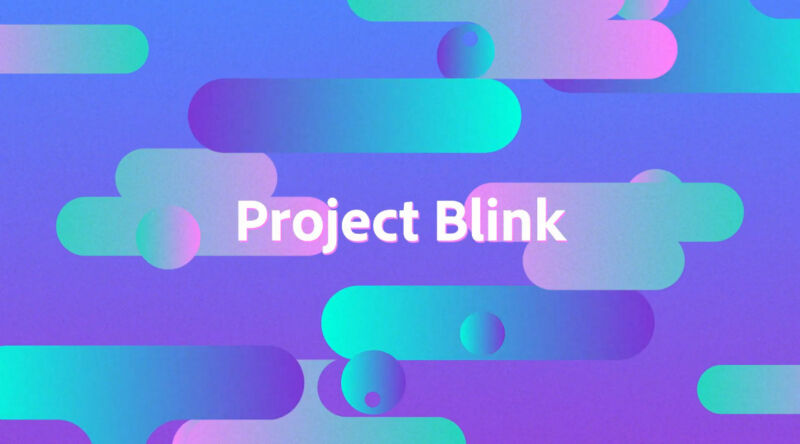
Yesterday, Adobe announced Project Blink, an AI-powered web app that can recognize objects, people, sounds, and words spoken in videos to help edit them faster. It uses text editing to make the process of editing a video similar to using a word processor, Adobe claims.
Adobe debuted Project Blink during a “sneaks” session at its Adobe MAX conference, according to CNET. The firm also released a demonstration video that depicts editing video by editing a text transcription of words spoken during the video. “Just upload your video, and our AI engine will figure out what happened,” it says.
Adobe claims that Project Blink can search a video for specific people, objects, or feelings—or locate sections where people are laughing or singing. Additionally, Adobe says you’ll be able to delete silent sections or remove filler words like “ums” in text, with changes automatically reflected in the video.

Some of Project Blink’s editing capabilities strongly resemble existing AI-powered video editors such as Runway, which we reported on last month, and Descript, which can edit videos based on written transcripts similar to a word processing document. It’s been a busy year for deep learning AI applications, including text-to-image and text-to-video products that have turned assumptions about creative content generation on their head. All that AI activity has prompted some to wonder how Adobe would respond, and now we’re seeing some reaction from the creative app giant.
During the 2022 MAX conference, Adobe also announced AI-intensive features—such as AI-powered object selections in Photoshop and AI masking and content-aware healing in Lightroom—for its shipping products. It also demonstrated Project Neural 3D Stylization, an Adobe Research concept that can build a 3D scene from 2D pictures, and Project Clever Composites, which can realistically paste objects into photos.
Currently, Project Blink is more of a research teaser than an actual shipping product. It’s worth noting that Blink requires video upload to Adobe’s servers for processing. We were not able to evaluate Project Blink’s performance claims, and it is currently locked away behind a page where people can request an invitation to try it out. How and when the technology will come to a shipping Adobe product is currently unclear, but it’s a likely preview of what’s to come very soon.
